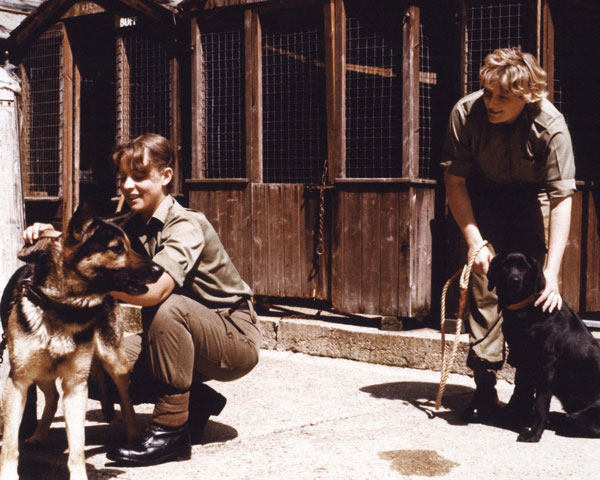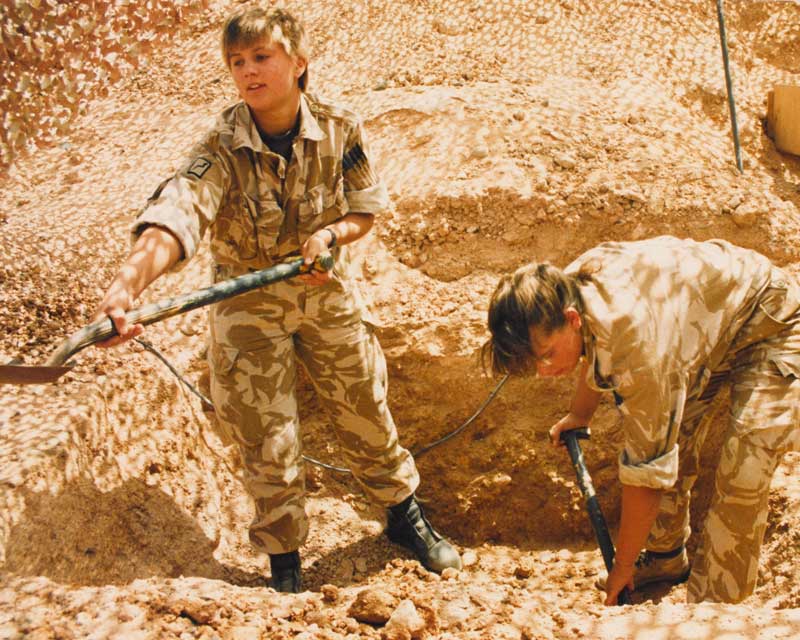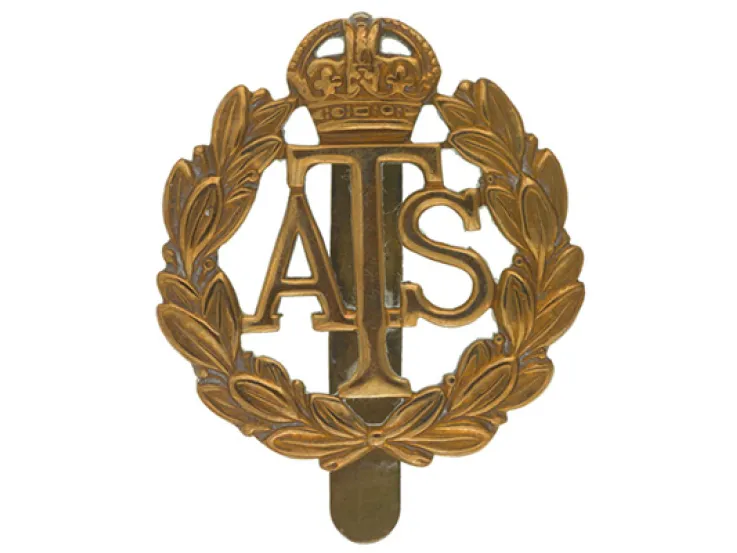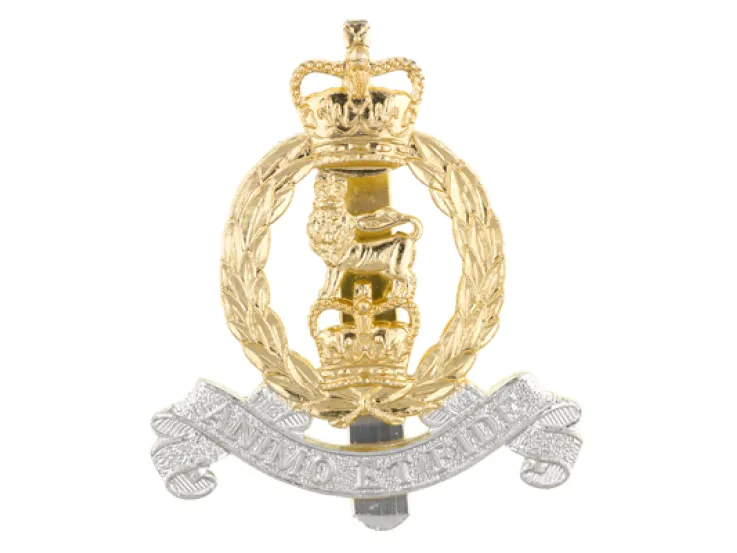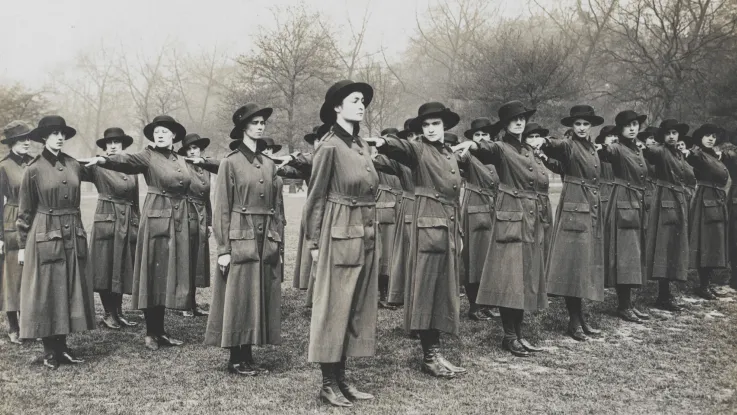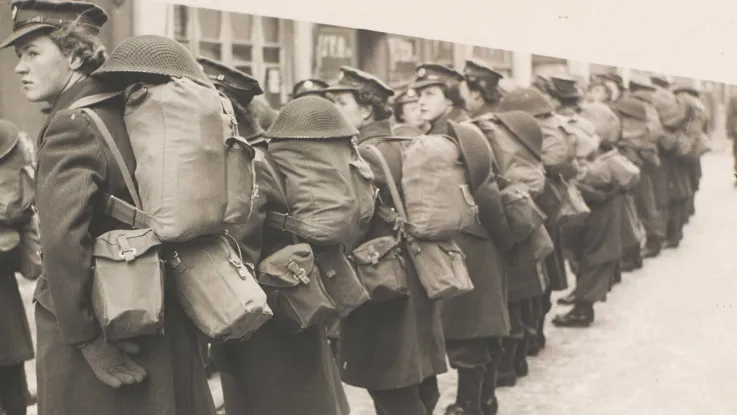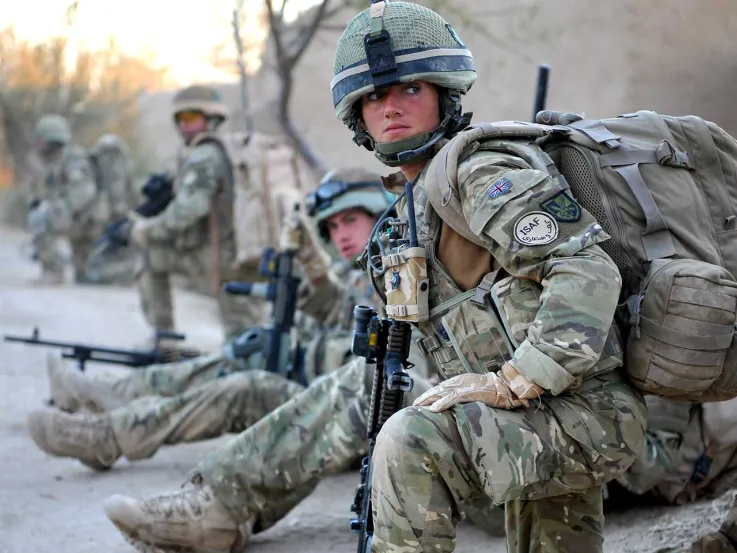Origins
The Women's Royal Army Corps (WRAC) was formed in 1949. It absorbed the remaining troops of the Auxiliary Territorial Service (ATS), a wartime female force established to free up men for active service. The WRAC's creation marked the first time that women were subject to all sections of the Army Act.
The corps eventually included all women serving in the Army except medical and veterinary orderlies, chaplains and nurses. It was common for women of the WRAC to serve with other Army regiments on long-term attachments, such as with the Royal Corps of Signals, but retaining their WRAC cap badge. This opened up more and more roles to women.
Roles and restrictions
In 1952, ranks in the WRAC were aligned with the rest of the British Army. Eventually, women worked in over 40 trades, including as staff officers, clerks, chefs, dog handlers, communications operators, drivers, intelligence analysts, military police women, and postal and courier operators.
But there were some areas of Army service where progression was slower. It was not until the 1980s that women were allowed to train in, carry and use firearms. And it wasn’t until 1984 that women were allowed to undergo their officer training at the Royal Military Academy Sandhurst. Before then, they had a separate training college, the Women’s Royal Army Corps College, Camberley.
‘We knew that women couldn’t do everything that men could do, because we weren’t allowed to.’Barbara Anderson, Pay Clerk, Women’s Royal Army Corps — 1968-73
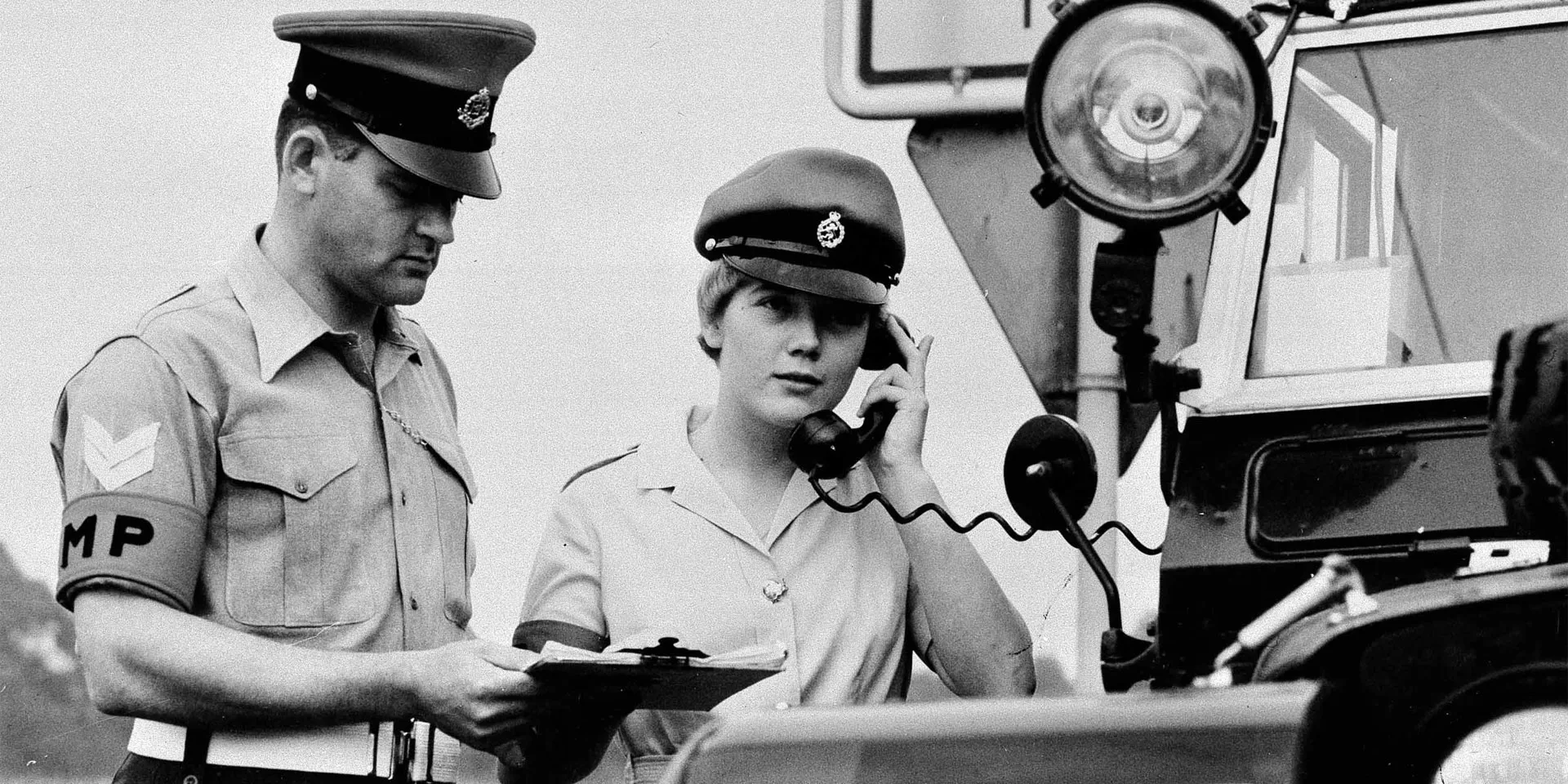
A WRAC military policewoman on duty in Germany, c1970
Active service
WRAC members served in many operations, including Malaya (1948-60), Kenya (1952-60), Cyprus (1954-59), Aden (1963-67), Northern Ireland (1969-2007) and the Gulf War (1990-91). Fifty-nine members of the WRAC died in service.
During 'the Troubles' in Northern Ireland, WRAC members were deployed alongside civilian police in order to search female suspects at checkpoints, in house searches and on patrols. They also served as administrators, telecommunications operators and switchboard operators.
Over 200 WRAC personnel were deployed to the Gulf War to work as staff officers and assistant adjutants, as well as serving as intelligence analysts. This was the last time women in the Army were deployed on a large scale as a separate corps.
Quiz
What was the motto of the Women’s Royal Army Corps?
The motto 'Suaviter in Modo, Fortiter in Re' (Gentle in Manner, Resolute in Deed) originated with Claudio Acquaviva, a 16th-century Jesuit priest. It was subsequently adopted by several organisations, including the WRAC.
Legacy
By 1991, most WRAC officers and servicewomen were serving with other regiments. By the end of that year, they had been formally transferred to those units.
What was left of the WRAC was mainly made up of pay clerks. When the corps disbanded in 1992, these became part of the Staff and Personnel Branch within the new Adjutant General's Corps, formed in April 1992.
Although there was now no separate unit for women in the British Army, full access was delayed. By 1997, five years after the WRAC’s disbandment, the number of roles open to women in the Army had risen from 47 per cent to 70 per cent. This rose to 80 per cent in 2016, when the ban on serving on the front line was lifted.
In October 2018, all Army roles were finally opened up to women, including infantry and special forces units.
‘You were put into a job and you were told: “If you screw this up, we’ll never have a woman again.” So you were never doing the job for yourself, you were doing it for all women.’Assistant Adjutant Julia Payne, Women’s Royal Army Corps — 1972-81
Women’s work?
In this video, discover how women’s contributions to the British Army have helped bring about change over the past 100 years. And see how Army recruiters have adapted their messaging accordingly.
Access the archive
The National Army Museum holds archive material of the Women’s Royal Army Corps. For more information about this collection, please contact the Templer Study Centre.




